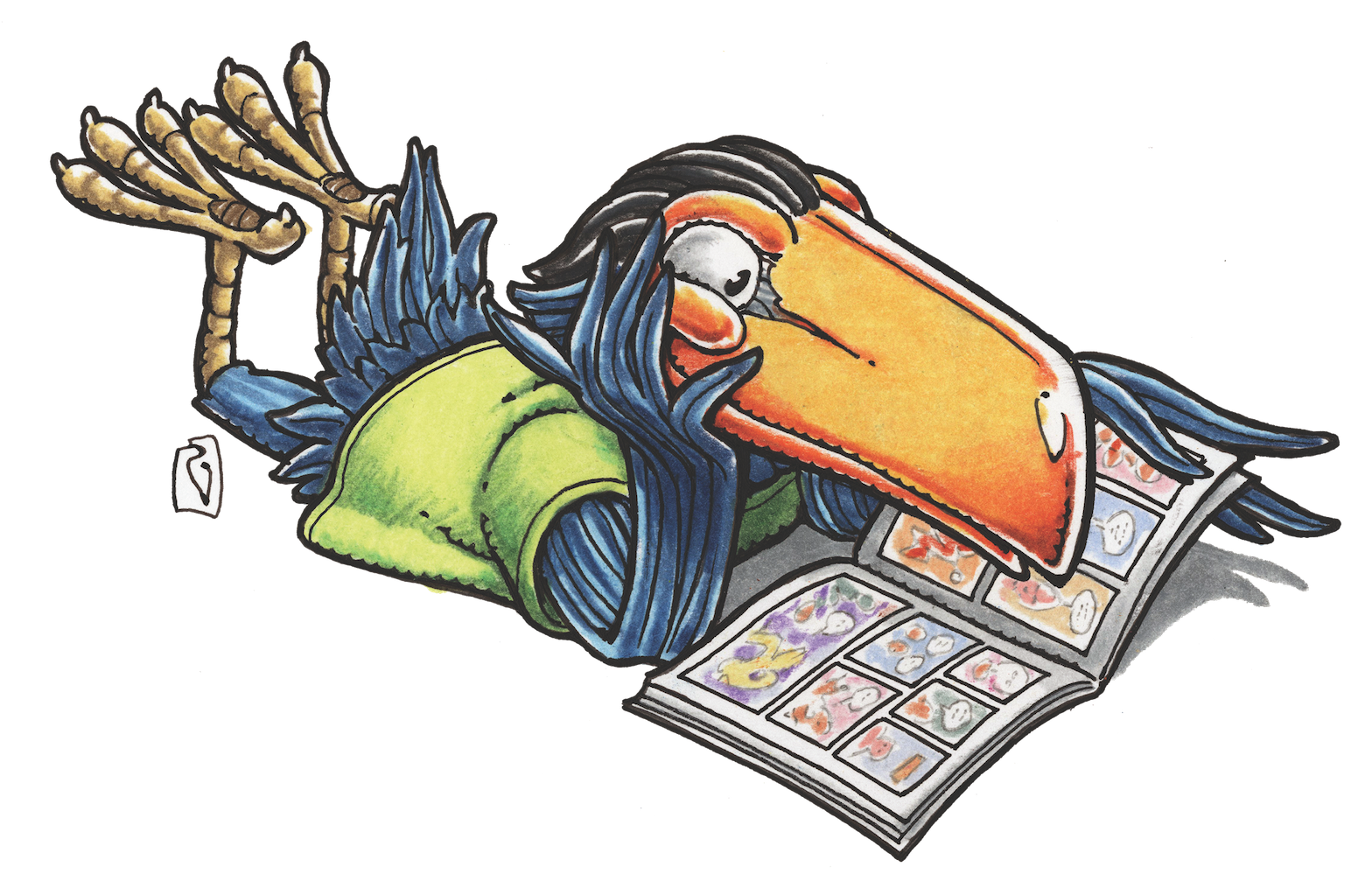CAROUSEL BY JESSE HAMM
Carousel 022: Mort Drucker: An Appreciation

On Thursday, April 9, we lost cartoonist Mort Drucker, age 91. Drucker was a master of caricature—some would say THE master—who spent half a century drawing movie parodies for MAD magazine, as well as movie posters, album covers, and art for other markets. His talent was tremendous and unique, and well worth careful study, especially for aspiring cartoonists. Here are several aspects of his work that truly set it apart.

A likeness is hard enough to capture in the first place, but Drucker had the skill to render his characters identifiable while also putting them through the paces of a comics narrative. The sequential format in which he typically worked allowed him to portray characters from various angles and distances, under various lighting conditions, and in various moods. Unlike most caricatures, which appear from the shoulders up, Drucker’s figures are often visible from head to toe, and their body language and posture help reveal their personalities. They stagger, they slouch, they rage and pout, encompassing a broad gamut of behaviors and emotions. Drucker also located his characters in detailed environments, with credible props and scenery in both the foreground and background, further fostering the sense that they live and breathe in the real world. All of these measures are stupendously hard-won, achievable only through much practice and careful observation, but they grant his portrayals a reality that is missing from caricatures of the standard “portrait” variety.
Another thing that distinguishes Drucker’s caricatures is their detail. The great success of earlier, simpler caricaturists like Al Hirschfeld, Ralph Barton, and Miguel Covarrubias had taught caricaturists to seek simplicity in their art—a noble goal, but one which forgoes the nuances a more detailed portrayal can capture. A Drucker face isn’t just a shorthand symbol of its owner’s appearance, but a symphony dedicated to that appearance. He saw in each wrinkle, dimple, and eyelash a chance to celebrate each face’s distinct identity. We not only recognize his faces; we pore over every bulge, crease, and patch of hair, delighting in how well each feature fits the subject.
Drucker’s romance with line is also notable. Many caricaturists rely on a standard menu of lines which vary little in style from face to face. Whether drawing Marilyn Monroe or Arnold Schwarzenegger, the width and texture of their lines remain the same. But Drucker adjusted his lines to suit each subject. A soft, round face was drawn in curved lines with delicate hatching; a hard, craggy face was drawn with angular lines and shaggy hatching. Instead of just exaggerating features’ shapes and rendering them all with uniform lines, the lines he chose became themselves an integral part of each caricature.
Most caricatures are either insulting to the subject (as often seen in political cartoons), or flattering (as seen in on-the-spot caricatures drawn at amusement parks). But Drucker’s caricatures neither pander nor snipe. He aimed instead at frankness, exploring each face’s unique qualities with neither deference nor rancor. His interest was not in telling readers whether to exalt or condemn the subject, but in finding the lines, shapes, and proportions which make each subject identifiably them. This unbiased interrogation of each face made his observations all the more keenly reliable—and therefore recognizable. This also left him adept at subjects of any type. Men, women, and children of all ages, attractive or otherwise, likable or sinister, found themselves equally recognizable in Drucker’s work.
Not only were they recognizable, they were funny. A funny thing about both deference and rancor is that neither is funny. If you fear offending your subject, you’ll lack the freedom to joke about him or her … and if you fear NOT offending your subject, you’ll be similarly limited. Only the humorist who can take subjects lightly can joke about them successfully. Drucker’s refusal to be awed or embittered by his subjects gave him the light touch needed to be consistently humorous.
Drucker’s lengthy career gives us the chance to observe how a great artist copes on the page with the challenges of growing old. As artists age, their fingers weaken and stiffen, and the precision and finesse of their linework diminishes. Drucker wisely compensated for this fact of life in his later years by shifting gradually from pen to pencil. Inked lines are stark and unforgiving, and trumpet their tiny triumphs and flaws to the reader. But individual pencil lines speak more softly, relying for their eloquence on a cumulative effect. As with a song sung by a choir, the weaker notes are subsumed by the whole. By relying increasingly on pencil, as he did with the parodies drawn in his seventies (“Star Bores: Attack Of The Clowns,” for example, or “Dreadwood,” or “The Chronic-Ills of Yawnia”), Drucker was able to translate his vision to the page with lines that were less stark than before, but no less evocative. His choice to downshift this way offers us all a useful lesson in how to cope with infirmity: when your preferred methods no longer deliver, replace the familiar with the effective.
If you haven’t yet had the pleasure of seeing Drucker’s art, a Google Image search will quickly provide more examples of his genius than I could possibly include here. For a hardcopy sampling, I recommend MAD About The Movies, a lengthy and affordable book which features dozens of his parodies (alongside work by other MAD magazine luminaries). Read, enjoy, and learn from the master.
Jesse Hamm’s Carousel appears the second Tuesday of every month here on Toucan!